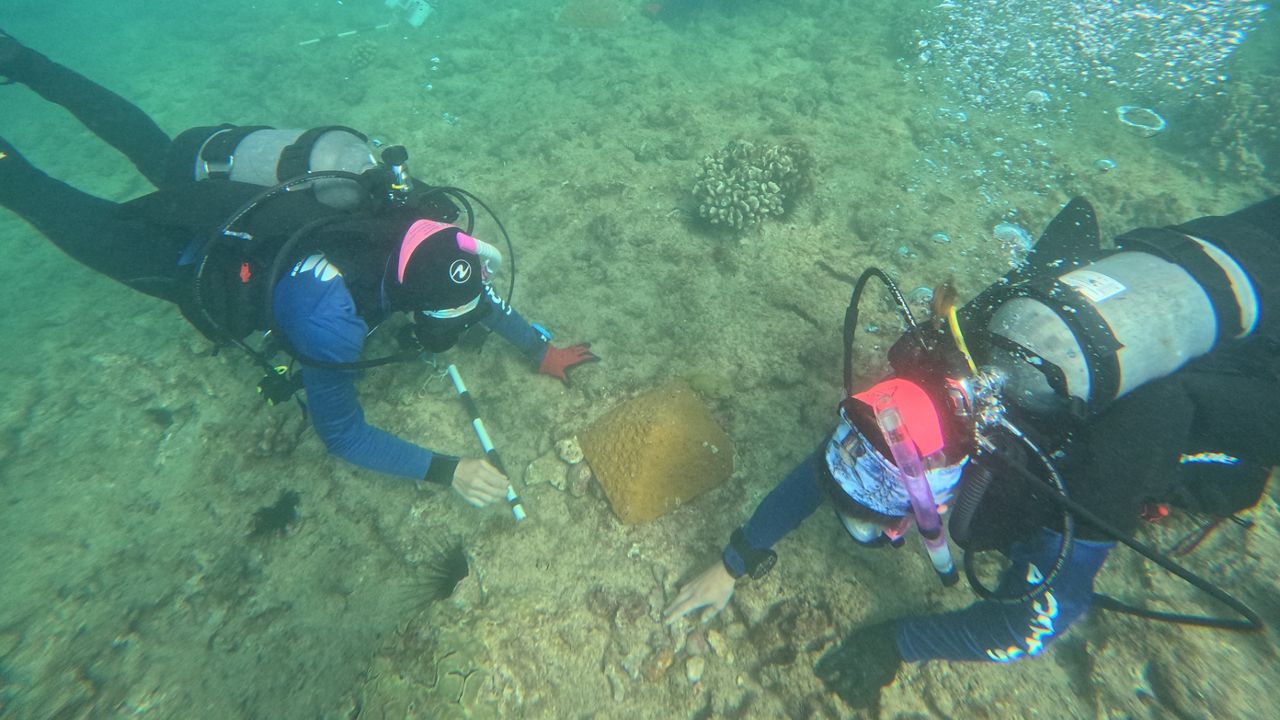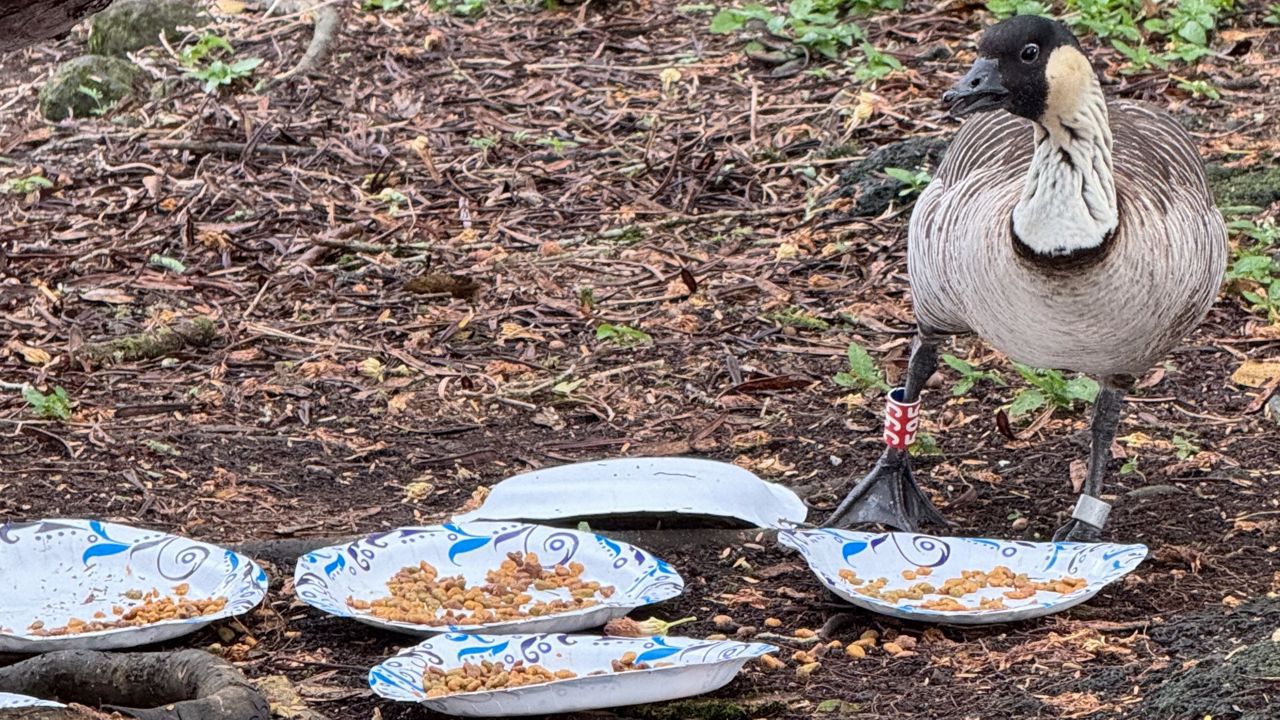Researchers at University of Hawaii found a novel way to detect a deadly virus in dolphins, which will provide a new tool to identify diseases threatening Hawaii’s marine mammals, according to a UH press release.
The researchers used feces from a dolphin stranded in 2018 who was infected with Fraser’s morbillivirus, which can cause respiratory and neurological disease, to conduct an experiment that simulated the detection of the disease in seawater. This was done, because in the wild, researchers can identify fecal plumes when following behind a pod of dolphins, but when collected, seawater typically dilutes samples. In the experiment by the research team from UH’s Health and Standing Lab, they could detect Fraser’s morbillivirus in dilutions of feces in seawater at a level of 1 to 1,000.
The researchers published their findings in “Marine Mammal Science.”
Morbillivirus is a major threat to dolphins, causing outbreaks in dolphin species in Western Australia and Brazil that killed at least 50 dolphins in Australia and 200 dolphins in Brazil.
The authors of the study recommended that researchers collect fecal samples from dolphins and whales using flasks and nets to test for the disease.
“It is logistically difficult to test live, wild dolphins for the presence of disease, and the current study provides a method that can be applied to detect infectious disease in live dolphins and whales,” said Cody Clifton, a co-author and graduate student at UH’s College of Tropical Agriculture and Human Resources.
The U.S. Navy and NOAA Fisheries funded the study. NOAA asks that people who spot a stranded, distressed or dead marine mammal contact their hotline 1-888-256-9840.








